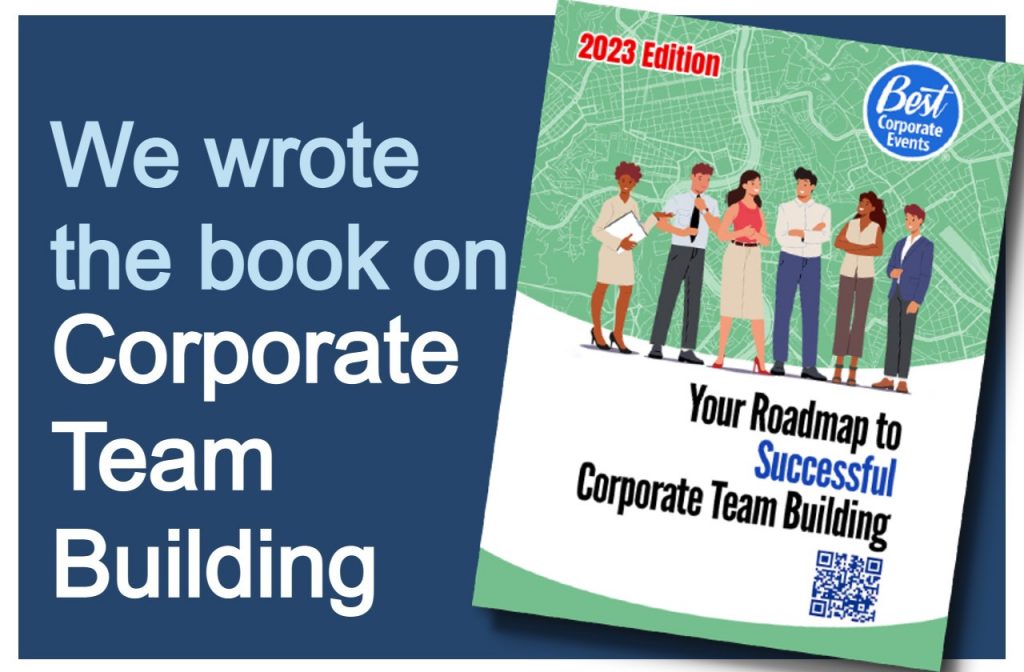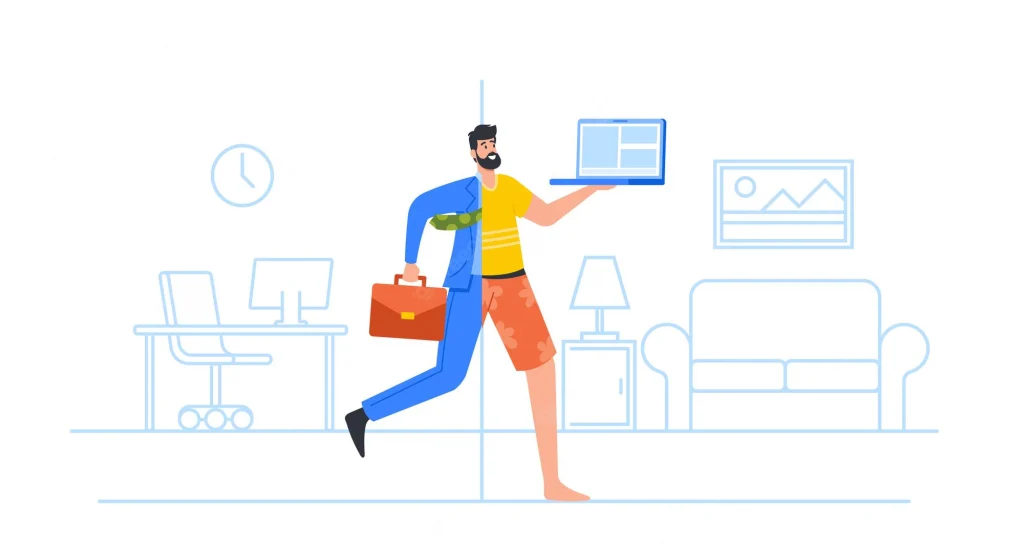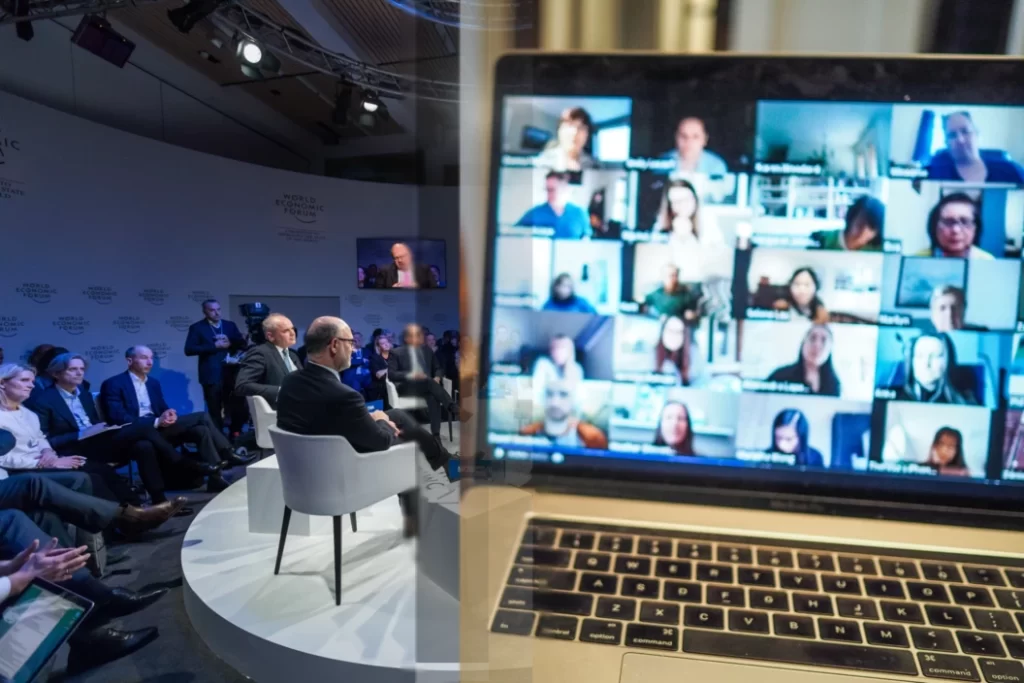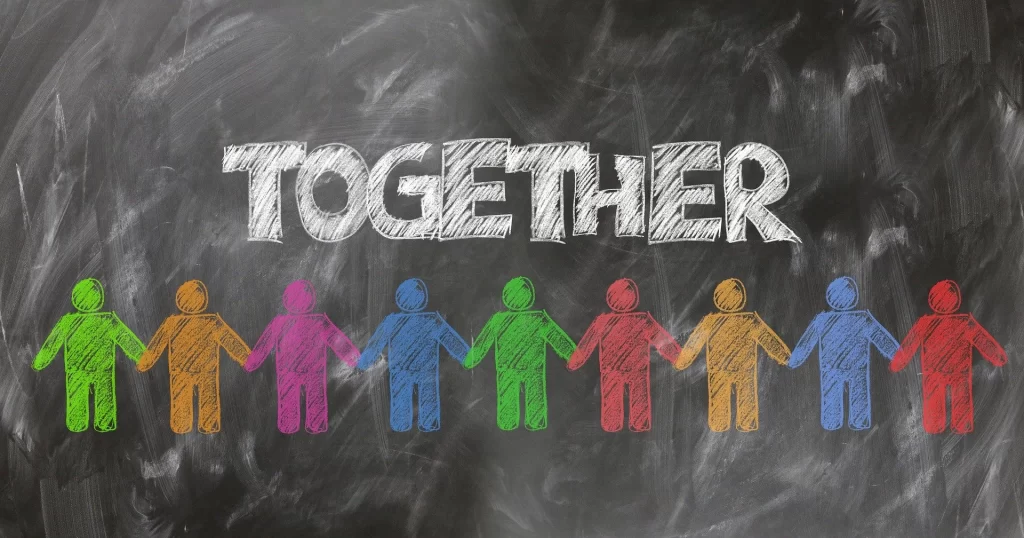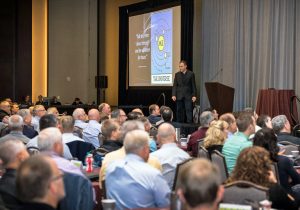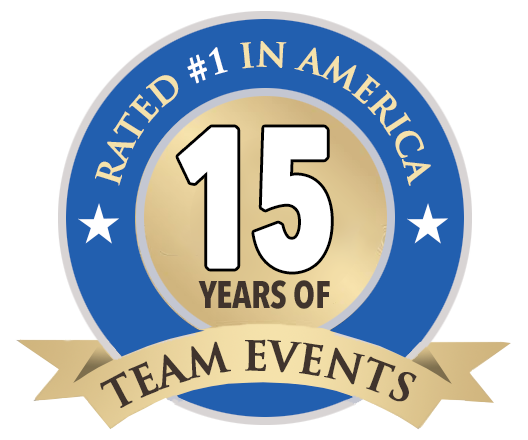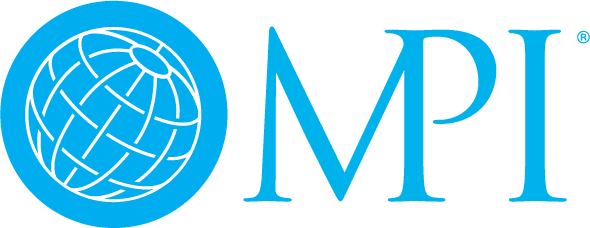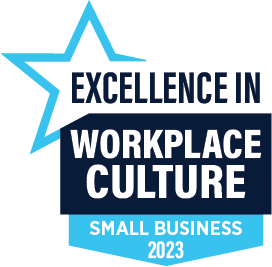Here’s a look at the trends in RTO mandates; the pros and cons of ordering employees back to the office; what managers and leaders are doing wrong; and what they SHOULD be doing to maximize both employee engagement and business performance.
Need help getting started or want a quote? We are here to help.
Email [email protected] or give us a call at 800.849.8326
Category: Remote Teams
Welcome to the BEST blog, a collection of team building articles, industry insights and news about our large collection of programs and events offered in locations across North America.
How should you structure your organization for the future of work: everyone back in the office, fully remote, or a hybrid approach? The latest research suggests that for enterprises focused on optimizing operational performance (i.e., pretty much everyone)—that’s the wrong question to ask.
A regular schedule of team building and professional development programs can check all the boxes: it builds strong relationships, enhances collaboration, increases employee loyalty, and improves interpersonal skills. The end result is an engaged, high-performing workforce. Here’s how to get there.
The term "hybrid" is increasingly being heard in the world of corporate team building and beyond. It's clear that hybrid will play an important role for events from now on, but it is hard for some to define what exactly the term means, or what a hybrid event actually is. These are important questions to answer for anyone who wants to harness this powerful new format successfully.
What if you could recruit a high-performing team of professionals to improve your business and boost your daily operations? Even better, what if you could do so without having to increase your rent costs, hiring a recruiter, or investing in benefits packages and other incentives? The fact is, you can hire an expert remote team to ensure business success, and it’s simpler than you might expect.
We thought back to our fundamentals of bringing groups together and team building, to figure out the key points for connection in a virtual world. This left us with our 5 best tips to consider for keeping remote teams connected.
Subscribe to our Blog
Insights and solutions for today’s top corporate team challenges and practices – right in your inbox.
